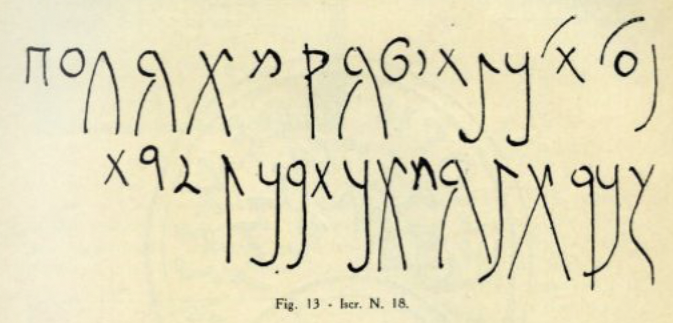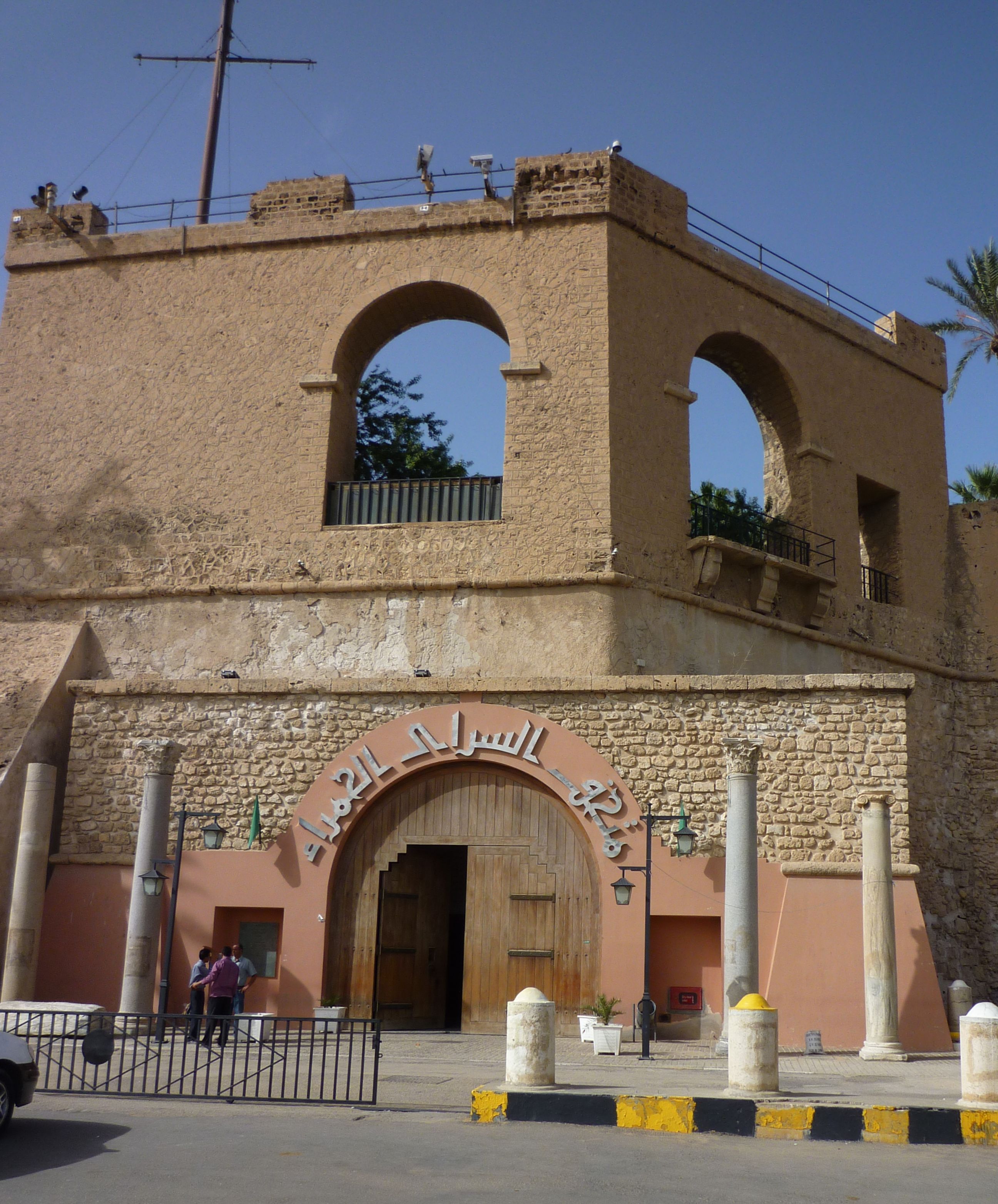|
Tripolitania Punic Inscriptions
The Tripolitania Punic inscriptions are a number of Punic language inscriptions found in the Tripolitania (region), region of Tripolitania – specifically its three classical cities of Leptis Magna, Sabratha and Oea (modern Tripoli, Libya, Tripoli), with the vast majority being found in Leptis Magna. The inscriptions have been found in various periods over the last two centuries, and were catalogued by Giorgio Levi Della Vida. A subset of the inscriptions feature in all the major corpuses of Canaanite and Aramaic inscriptions, notably as Kanaanäische und Aramäische Inschriften, KAI 119-132. In addition to inscriptions in the Punic script, the corpus includes a number of Punic inscriptions written in Latin script, such as KAI 304-305. According to Karel Jongeling, 68 inscriptions are known from Leptis Magna, 15 from Sabratha, 10 from Oea, 4 from Zaiuet el-Mahgiub, 3 from Wadi el-Amud, 2 from Germa and 1 each from El-Amruni, Mausoleum of Gasr Doga, Gasr Doga, Bir Gebira, Bu Khemm ... [...More Info...] [...Related Items...] OR: [Wikipedia] [Google] [Baidu] |
Leptis Magna
Leptis or Lepcis Magna, also known by #Names, other names in classical antiquity, antiquity, was a prominent city of the Carthaginian Empire and Roman Libya at the mouth of the Wadi Lebda in the Mediterranean. Established as a Punic people, Punic settlement prior to 500 BC, the city experienced significant expansion under Roman Emperor Septimius Severus (), who was born in the city. The Legio III Augusta, 3rd Augustan Legion was stationed here to defend the city against Berbers, Berber incursions. After the legion's dissolution under in 238, the city was increasingly open to raids in the later part of the 3rd century. Diocletian reinstated the city as provincial capital, and it grew again in prosperity until it fell to the Vandals in 439. It was reincorporated into the Byzantine Empire, Eastern Empire in 533 but continued to be plagued by Berber raids and never recovered its former importance. It fell to the Muslim conquest of the Maghreb, Muslim invasion in and was subsequently ... [...More Info...] [...Related Items...] OR: [Wikipedia] [Google] [Baidu] |
Moritz Abraham Levy
Moritz Abraham Levy (also M. A. Levy; 11 March 1817 – 22 February 1872) was a German rabbi, orientalist, paleographer and numismatist. Life Levy was born on 11 March 1817 in Altona. His life path is not known in detail. He was trained as a rabbi and at the same time devoted himself to scientific work. When and where he received his PhD degree is unknown. He became a teacher at the Jewish Community of Breslau, in which he was active for almost thirty years. Among other things, he taught at the Jewish Theological Seminary of Breslau founded by Abraham Geiger. Levy was awarded the Professor title by King Wilhelm I of Prussia in 1865. He was a prolific writer who, in addition to his monographs, regularly published in the '' Zeitschrift der Deutschen Morgenländische Gesellschaft'' and also processed the estate of Ernst Osiander. Levy died on 22 February 1872 in Breslau. He was buried in the Old Jewish Cemetery of Wrocław. Works * ''Hebräisches Lesebuch, Auswahl historis ... [...More Info...] [...Related Items...] OR: [Wikipedia] [Google] [Baidu] |
Tripolitania Levi Della Vida Inscriptions N12(1)
Tripolitania (), historically known as the Tripoli region, is a historic region and former province of Libya. The region had been settled since antiquity, first coming to prominence as part of the Carthaginian empire. Following the defeat of Carthage in the Punic Wars, Ancient Rome organized the region (along with what is now modern day Tunisia and eastern Algeria), into a province known as Africa, and placed it under the administration of a proconsul. During the Diocletian reforms of the late 3rd century, all of North Africa was placed into the newly created Diocese of Africa, of which Tripolitania was a constituent province. After the fall of the Western Roman Empire in the 5th century, Tripolitania changed hands between the Vandals and the Byzantine Empire, until it was taken during the Muslim conquest of the Maghreb in the 8th century. It was part of the region known to the Islamic world as Ifriqiya, whose boundaries roughly mirrored those of the old Roman province of A ... [...More Info...] [...Related Items...] OR: [Wikipedia] [Google] [Baidu] |
Red Castle Museum
The Red Castle Museum, also known as As-saraya Al-hamra Museum (), the Archaeological Museum of Tripoli or Jamahiriya Museum, is a national museum in Libya. It is located in the historic building known as the Red Castle of Tripoli (), sometimes also referred to as Red Saraya, on the promontory above and adjacent to the old-town district with medina Ghadema. Designed in conjunction with UNESCO, the museum covers 5,000 years from prehistory to the independence revolution (1953) era. The museum has an entrance on historic ''As-Saha al-Kradrah'', the Martyrs' Square. The museum has been closed since 2011 due to security concerns. History The museum was established in 1919, when the colonial Italians in Libya converted a section of the castle to a museum to house many of the archaeological artifacts scattered across the country since prehistoric times. The building was renovated in the early 1920s on plans by Armando Brasini, who designed its characteristic arches. The square ar ... [...More Info...] [...Related Items...] OR: [Wikipedia] [Google] [Baidu] |
Trilingual Funerary Inscription Of Boncar Clodius From Paul Schröder's Die Phönizische Sprache 13 (cropped)
Multilingualism is the use of more than one language, either by an individual speaker or by a group of speakers. When the languages are just two, it is usually called bilingualism. It is believed that multilingual speakers outnumber monolingual speakers in the world's population. More than half of all Europeans claim to speak at least one language other than their first language, mother tongue; but many read and write in one language. Being multilingual is advantageous for people wanting to participate in trade, globalization and cultural openness. Owing to the ease of access to information facilitated by the Internet, individuals' exposure to multiple languages has become increasingly possible. People who speak several languages are also called ''#In individuals, polyglots''. Multilingual speakers have language acquisition, acquired and maintained at least one language during childhood, the so-called first language (L1). The first language (sometimes also referred to as the ... [...More Info...] [...Related Items...] OR: [Wikipedia] [Google] [Baidu] |




